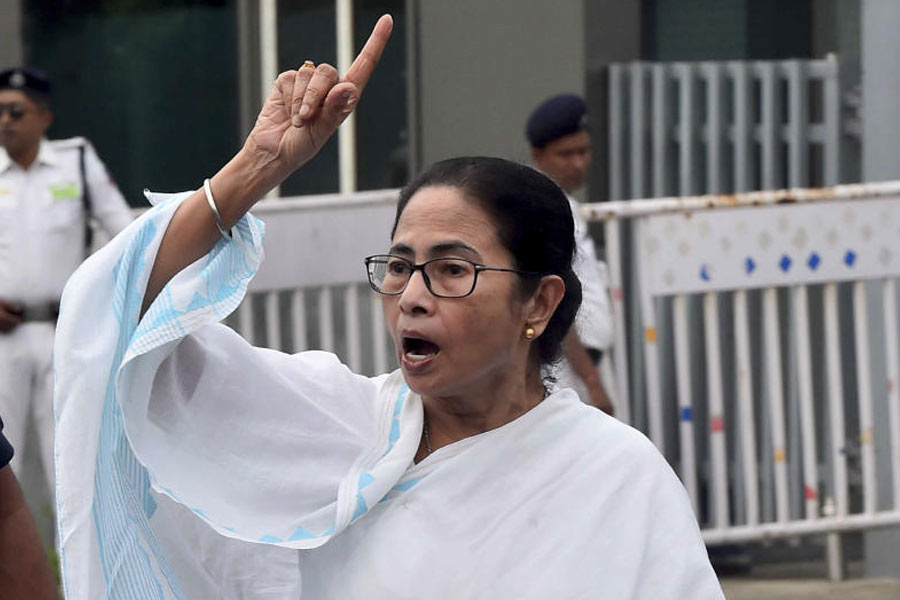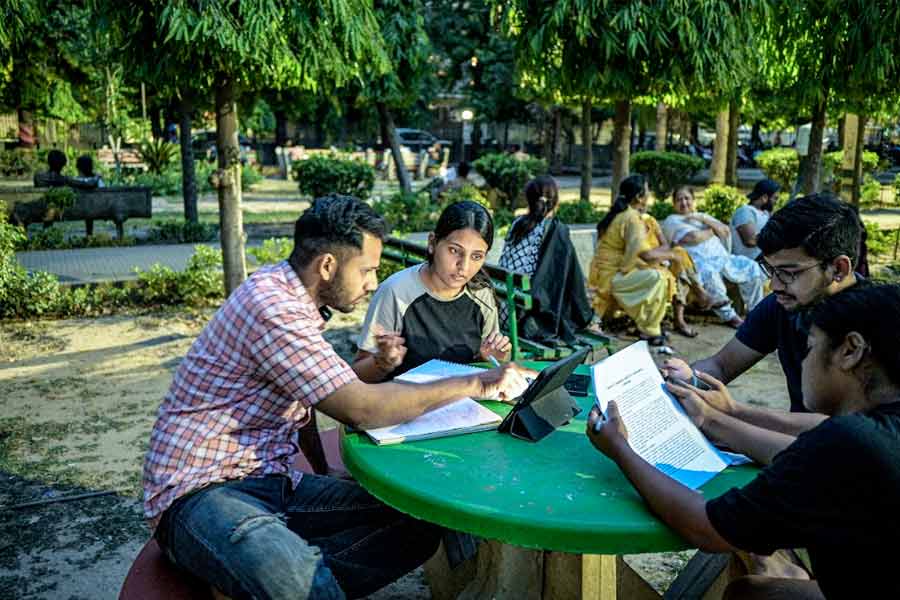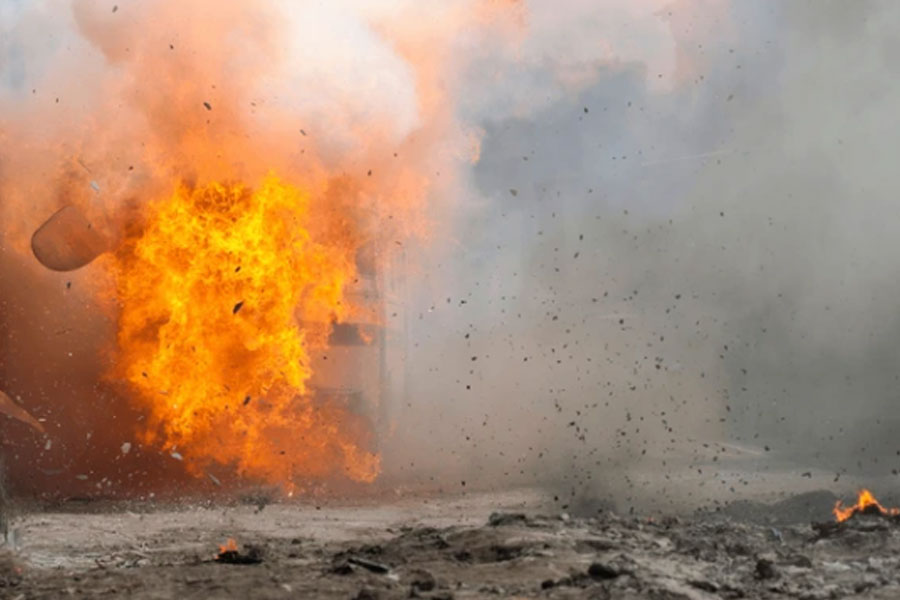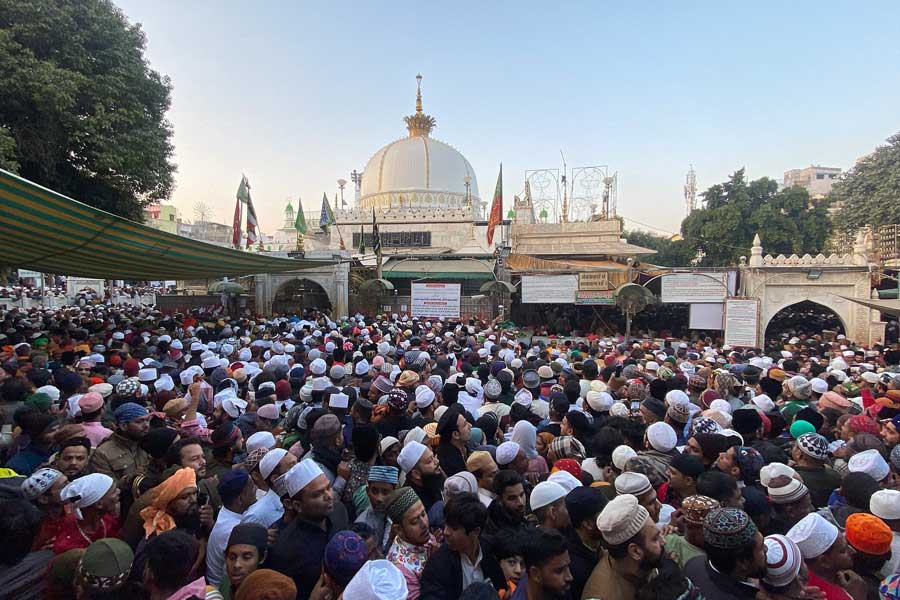Delhi chief minister Arvind Kejriwal would have surprised many when he spoke in the Assembly shortly after Congress leader Rahul Gandhi’s disqualification as a Lok Sabha member on Friday.
The Aam Aadmi Party convener launched a withering attack on Prime Minister Narendra Modi in the context of Rahul’s disqualification, calling him “the most corrupt PM”, and “least literate PM”.
His outburst, after years of re-branding himself to the point where some of his remarks had begun to almost mimic Modi’s, may have seemed like a political somersault.
A party strategist, however, attributed Kejriwal’s comments to a “new maturity” and an imperative to dent the Congress’s prospects in four states where Assembly polls are due in the coming months.
“We need Congress voters in Karnataka, Chhattisgarh, Madhya Pradesh and Rajasthan, which go to the polls in the runup to the Lok Sabha elections…. There is a new maturity in our thinking that dodging (criticism of) Modi won’t help us,” the AAP source told The Telegraph.
“Demolishing his image is the only way for us to stay in the race and attract voters from the Congress in states where it is a Congress-versus-BJP fight.”
The source added: “The Delhi model of development won for us Punjab and a few seats in Gujarat and Goa. But beyond that, in every state election the BJP’s campaign is centred on the Prime Minister’s image, (the dilution of) Article 370 and so on.
“For the BJP, the challenge is to get more than 300 seats. For the rest of us, it is a matter of survival. Any mobilisation we get by attacking Modi will translate into seats in the Lok Sabha. For that we need the Congress’s votes, as the BJP’s core voters are still largely with the party.”
In Delhi, the AAP had recently pasted hundreds of anonymous “Modi hatao desh bachao (Oust Modi, save the country)” posters to “test the waters”, an AAP leader said, until the police cracked down.
At a rally on the same theme on Thursday, which marked the soft launch of the party’s parliamentary election campaign, Kejriwal emphasised the doubts that have sometimes been expressed about Modi’s educational qualifications.
AAP strategists are expected to soon launch a brand-image campaign to bolster Kejriwal’s credentials as a national leader, the source added.
Former AAP member and journalist Ashutosh told this newspaper: “The AAP has realised that not attacking the Prime Minister is not helping. Two ministers are in jail and the rest of the party may land up there as well.”
AAP functionaries are also reaching out to organisers of the upcoming farmers’ march to derive traction similar to that gained by the Congress in Madhya Pradesh, Chhattisgarh and Rajasthan during a farmers’ march in 2018.
Kejriwal’s stances on the Congress and Modi have appeared to fluctuate over the years. He had in December 2013 capitalised on his image of an angry young man to oust the Congress from power in Delhi but formed a minority government with the party’s support.
As chief minister, he sat on a dharna outside Parliament just before Republic Day in 2014 demanding the removal of Delhi police personnel who had failed to cooperate with a vigilante raid, led by an AAP minister, on some Africans’ lodgings. The Delhi police report to the Centre.
However, after 49 days in power, Kejriwal quit over his differences with the Congress and embraced the tag of “anarchist” that had been placed on him derisively. He swept back to power in 2015, and called Modi a “psychopath” when the CBI raided his secretariat the same year.
After a string of electoral losses in 2017, though, party colleagues prevailed upon him to stop attacking Modi directly. This took a while to happen. In 2019, he called Modi “Hitler” after an attack on Muslims in neighbouring Gurgaon.
But by 2020 he had successfully reinvented himself as a benevolent Hindu leader, reciting the Hanuman Chalisa on TV, steering clear of protests against the new citizenship regime, and becoming practically a bystander during the communal violence in Delhi in February that year.











